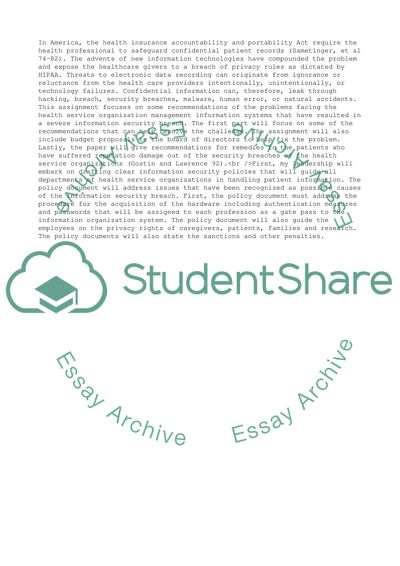Cite this document
(Managing Information System in Healthcare Institutions Case Study - 40, n.d.)
Managing Information System in Healthcare Institutions Case Study - 40. https://studentshare.org/management/1879298-essay
Managing Information System in Healthcare Institutions Case Study - 40. https://studentshare.org/management/1879298-essay
(Managing Information System in Healthcare Institutions Case Study - 40)
Managing Information System in Healthcare Institutions Case Study - 40. https://studentshare.org/management/1879298-essay.
Managing Information System in Healthcare Institutions Case Study - 40. https://studentshare.org/management/1879298-essay.
“Managing Information System in Healthcare Institutions Case Study - 40”. https://studentshare.org/management/1879298-essay.


